Uncovering Old and New
With body clocks (mostly) adjusted, a full dinner, some sleep, and fresh breakfast under our belts, our day began with a bus tour of the city of Tel Aviv on our way to the ancient Roman city of Caesarea Maritime. En route, morning devotional time reminded us of the salvation that Jesus offers to the whole world (John 3:16). Jesus was in this very land, beginning His teaching, healing, and ultimately saving ministry in the places we now begin to walk through and see for ourselves.
As we hummed along the highway, we heard the modern stories of Theodor Herzl and French Colonel Alfred Dreyfus. Following this saga of espionage and media influence, Herzl authored The Jewish State, which began to make the case for the establishment of a true homeland for the Jewish people.
As we passed by a unique mix of older buildings and brand new construction, we began to understand how Herzl’s writing motivated so many to help Jews from all nations return to the land once promised to Abraham and his descendants. We learned that the founders of modern Israel hoped to provide a melting pot for Jews who would return from all over the world, wishing to emulate the diversity of New York City. Fun fact: For this reason, Tel Aviv (which can be translated Old and New) is sometimes called “The Big Orange.”
We soon rolled into Caesarea Maritime in our final stop along the Mediterranean coast. Just before entry, we passed under the chimneys of the mighty, modern desalination plant, which impressively provides fresh drinking water for much of the nation right from the sea using Israel’s own natural energy sources. While this towering accomplishment is quite impressive, it was actually dwarfed by an even bigger architectural feat: the man-made port and town of Caesarea Maritime.
Here, amid fallen stones, columns, ancient stores, palace rooms, and a hippodrome, we were reminded of biblical figures such as Peter, Paul, Cornelius, and, of course, Herod the Great, under whose authority the massive structures were built in only 12 years, with much still standing today. One very significant feature was the local discovery of an ancient stone inscription here, showing Pontius Pilate as a local prefect. Beyond the writings of Josephus, this is the only other extrabiblical confirmation of this historical Pontius Pilate—a great find indeed!
In the ancient theater, Executive Director Jim Showers blessed us with an Acts 10 devotional about living stones. As we rested upon original stone seating from the Roman theater, Jim reminded us that the gospel is not only for Jewish people but for the world. Cornelius’s conversion in Acts 10 showed another step in the progress of revelation, as the mystery of Christ became a reality for the Jew first and then to the Gentile. Our return here among these fallen stones is a living memorial because we possess the gospel that once began here among the Jewish community and was then brought forth as a light unto the world. In many ways, our visit here is a return to the Jewish roots of our Christian faith.
We next passed the ruins of aqueducts and a larger hippodrome (used mostly for horse and chariot racing) our way to Mount Carmel, the site of a showdown between Elijah and the prophets of Baal. With a rare rainfall meeting us atop the mountain, we took in a brief and limited view before quickly reboarding. On the buses, we heard from 1 Kings 18 as we passed through the scene of the story itself. It was comforting to remember that Elijah won because he trusted fully and confidently in God and His Word.
After passing by open roadside discoveries such as 2nd-century tombs and a 1st-century olive press, hiding in plain sight among trees of carob, almond, and cypress, we began to understand just how much history in Israel is all around us and often uncovered unexpectedly through routine digging for highways, homes, infrastructure, etc. Thankfully, much is preserved for us to see for ourselves today.
A few minutes later, we reached Mount Megiddo, or, in the original language, Har Megiddo, now called Armageddon. The summit of Tel Megiddo gave us a stunning view of the Valley of Armageddon, where biblical prophecy tells us that the armies of the world will assemble for the last great battle of the Tribulation. Under strong winds and the occasional Israeli Air Force flyover, we viewed the full mountain range from Mount Carmel to Mount Hazor and the enormous valley that they border. Of course, we heard from the prophetic book of Revelation about the final result of the end-times in which nations will ultimately be judged for how they have treated Israel, and many Jews will finally be restored to the land—and to the Lord—once and for all.
Our final stop before checking in at the hotel was Magdala (Migdal, or “The Tower” in Aramaic) where a 1st-century AD Jewish revolt occurred. This site was only discovered in 2009, containing a fairly intact 1st-century synagogue and the remains of the fallen town of Migdal. This was quite unique, as many other 2,000-year-old structures have since been covered over by other structures. This leads us to believe that after the Jewish revolt was defeated, any remaining townsfolk simply moved away and the destroyed structures were simply abandoned and long forgotten under centuries of mudslides and effluvium from nearby mountains. It must be noted that this synagogue also would likely have been the very place that Jesus would have taught on a visit to the town.
We learned much of the history of Mary Magdalene, which has largely been assigned to her by the church over thousands of years but is not expressed within the biblical text. The desire for the early church to differentiate Mary Magdalene from Jesus’ mother, Mary, has yielded theoretical sources of her description as a woman of ill repute. In some ways, the Catholic church today is redeeming the character of Mary Magdalene, a follower of Christ and one of the first discoverers of His empty tomb.
With dinner about to begin, it's time to sign off for now. With many new memories and great joy in our hearts, we get ready for a new day of discovery tomorrow.
Our Team
Blog author: David Lightfoot
Photos: Roxanne Lightfoot
Administrative Assistant to the Executive Director
The Friends of Israel Gospel Ministry

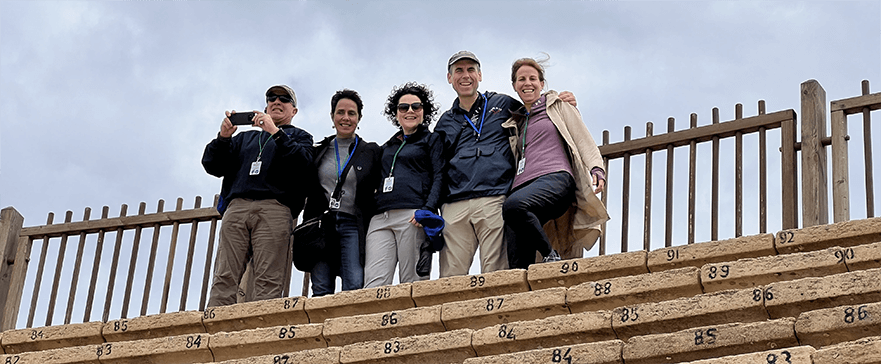


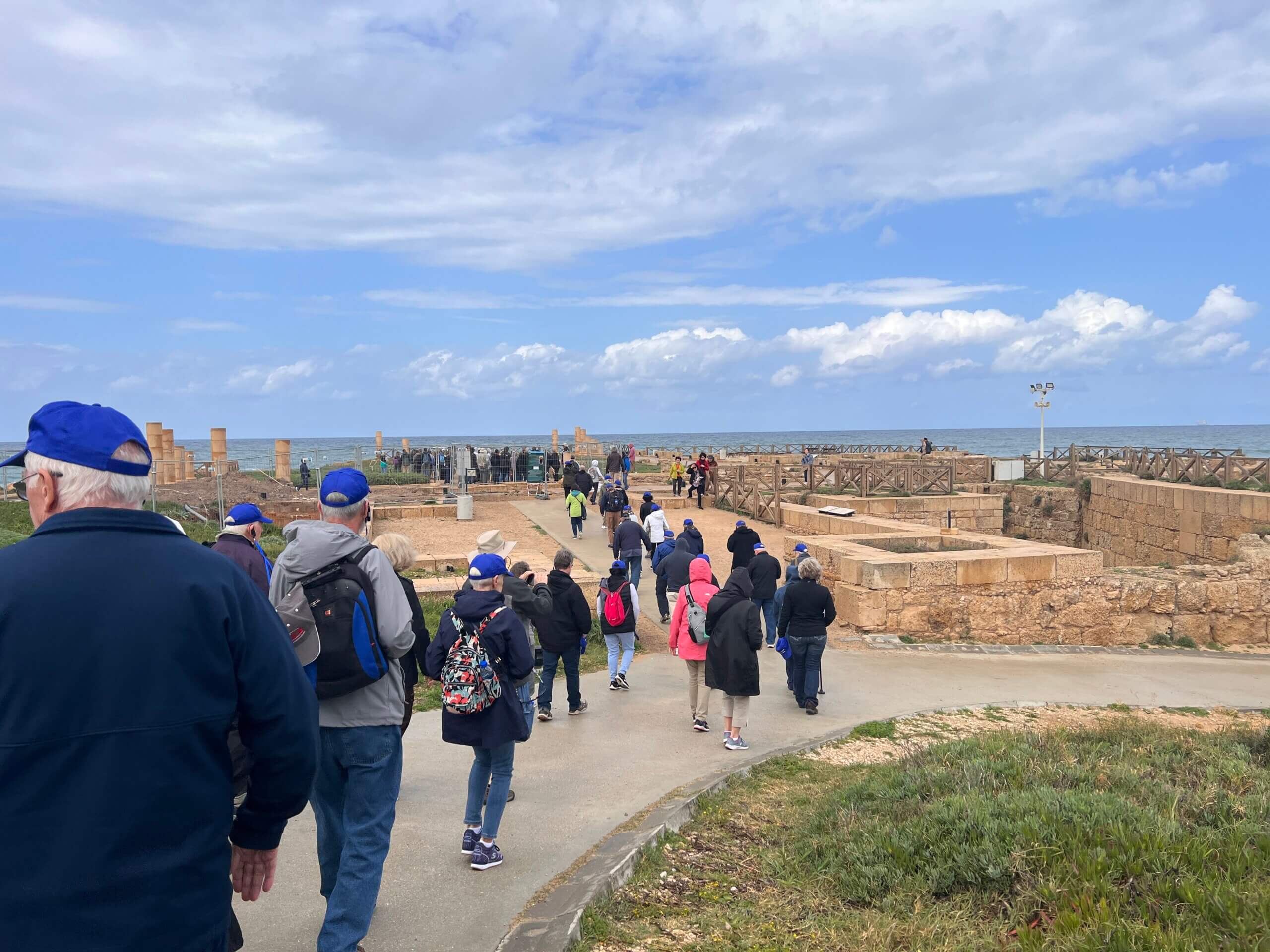
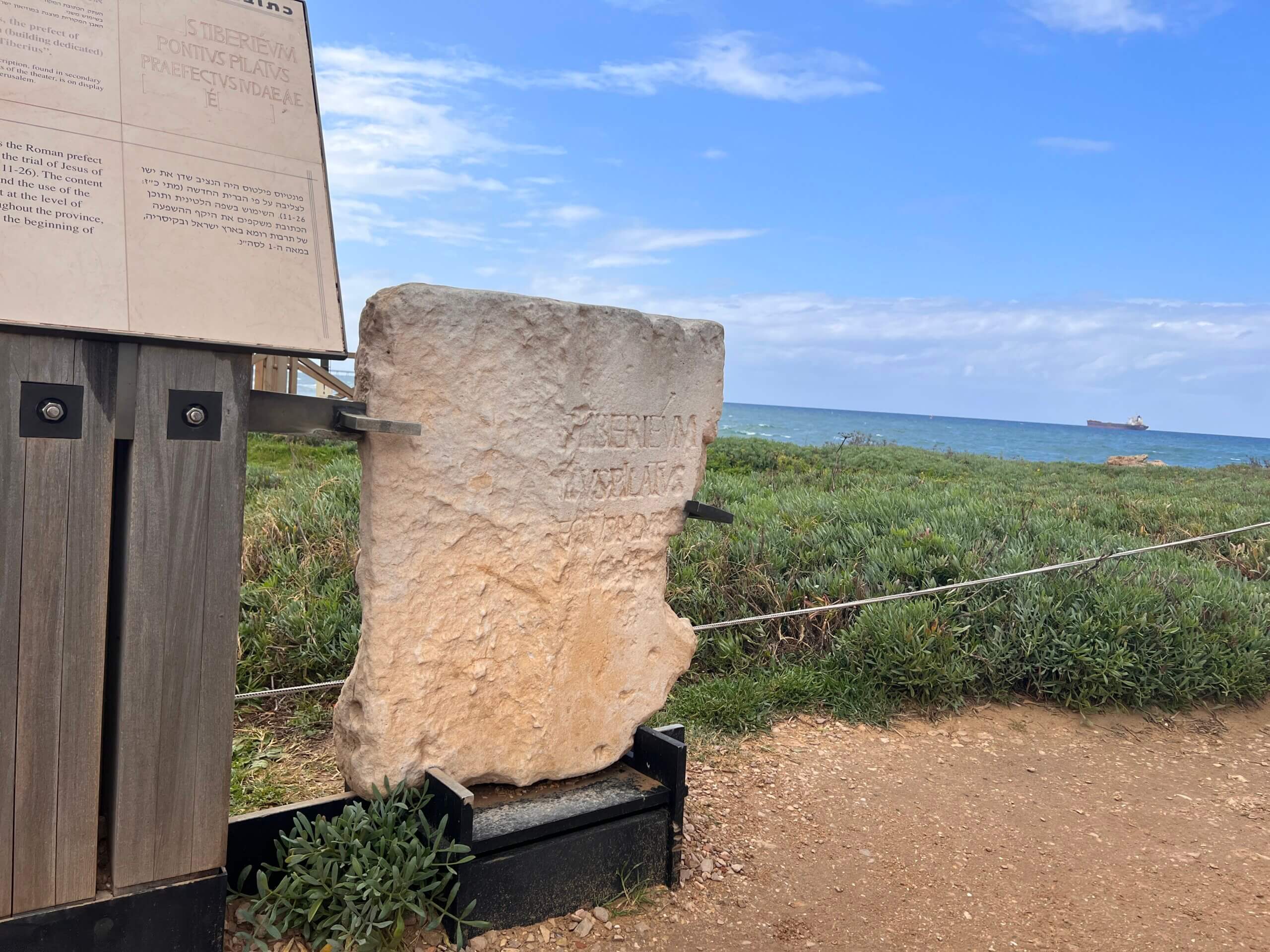
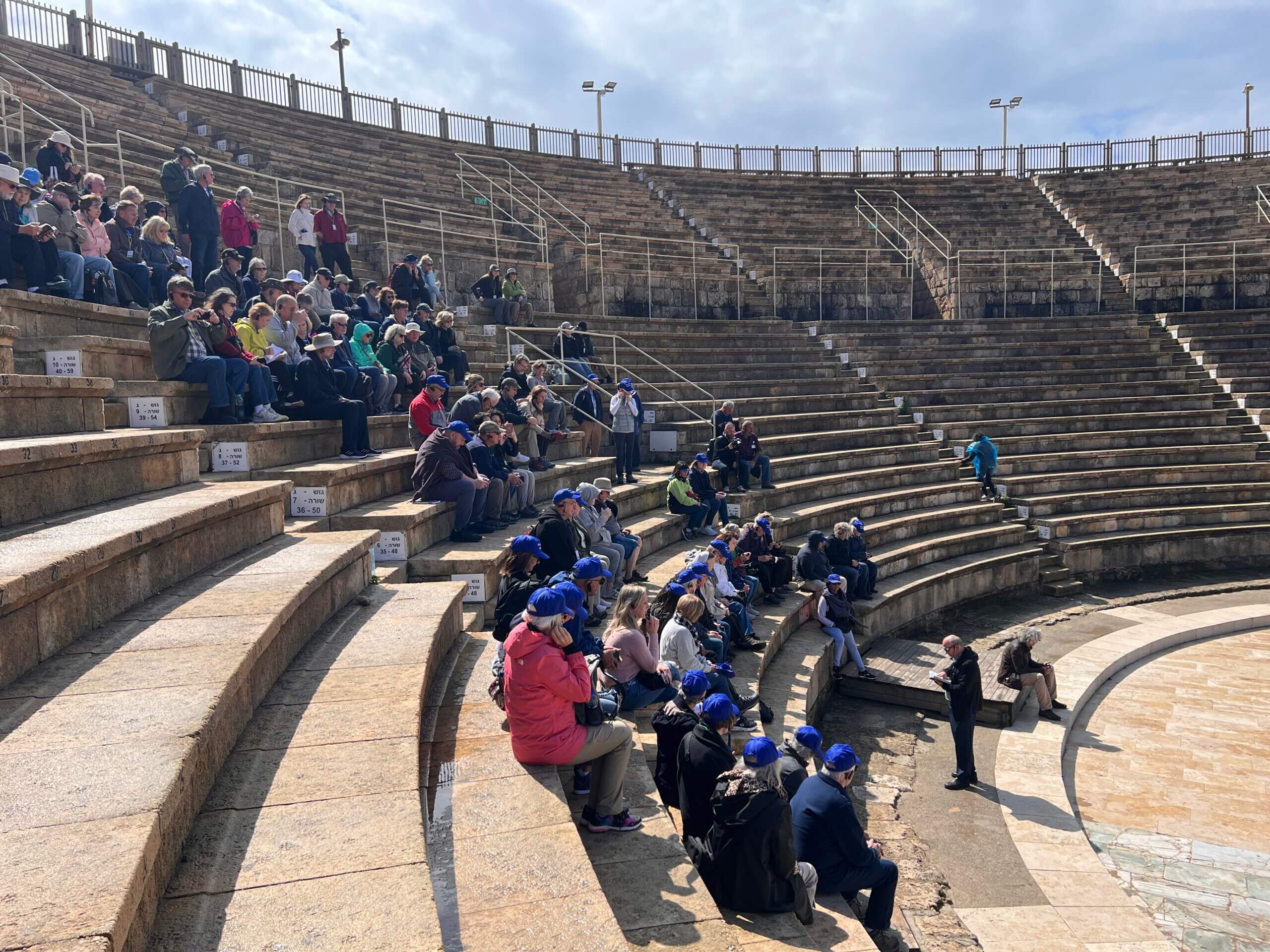
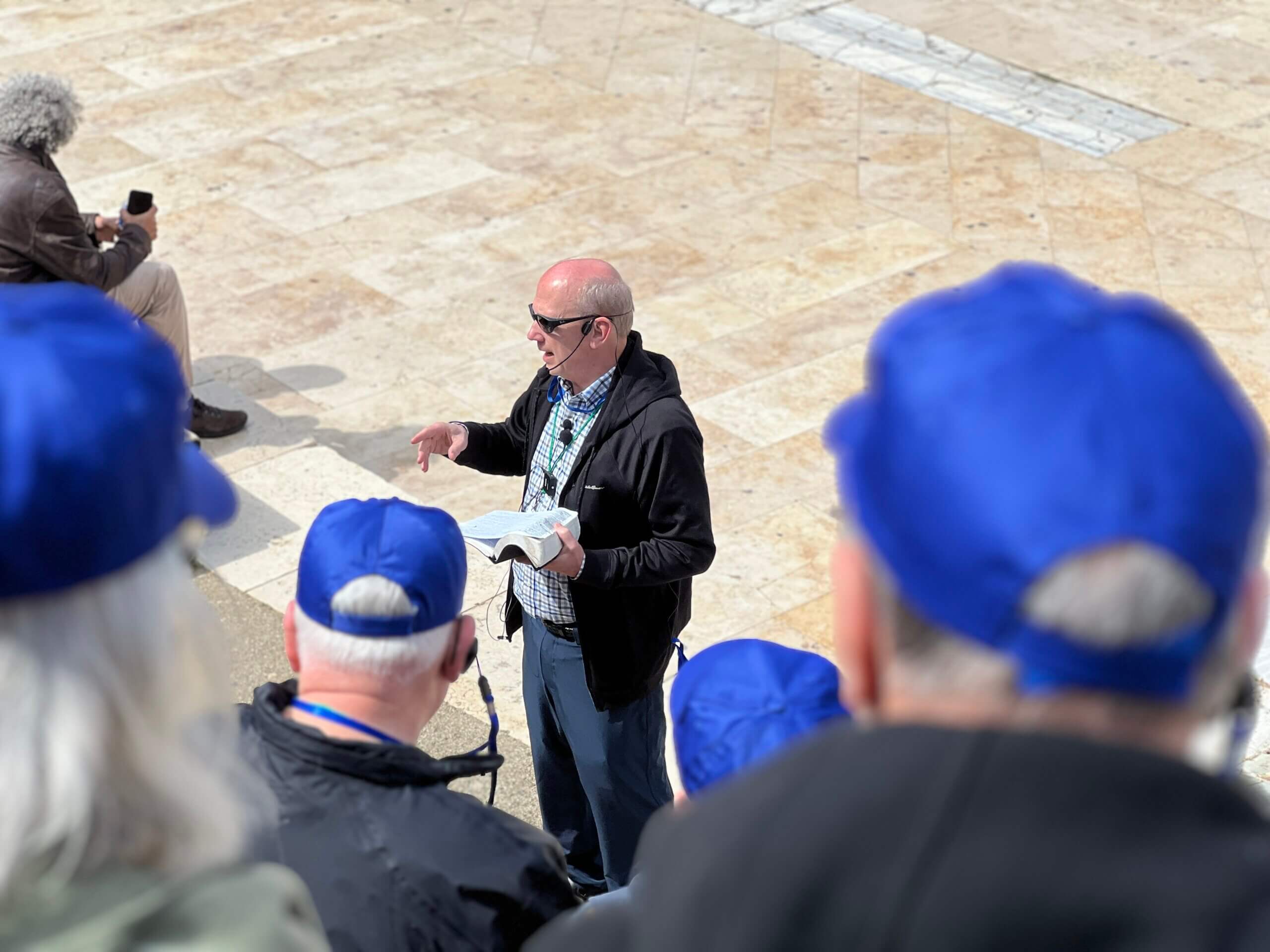
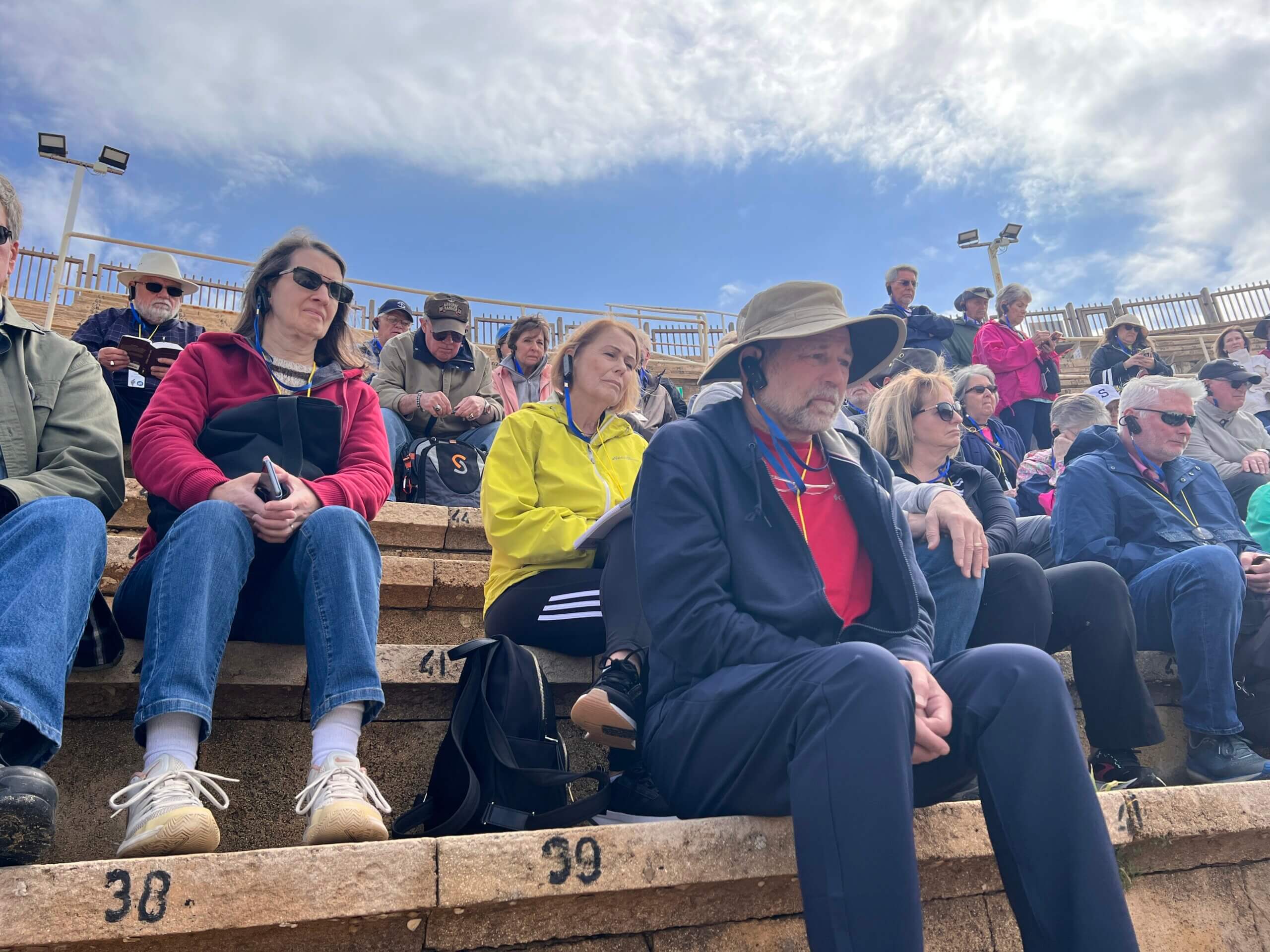
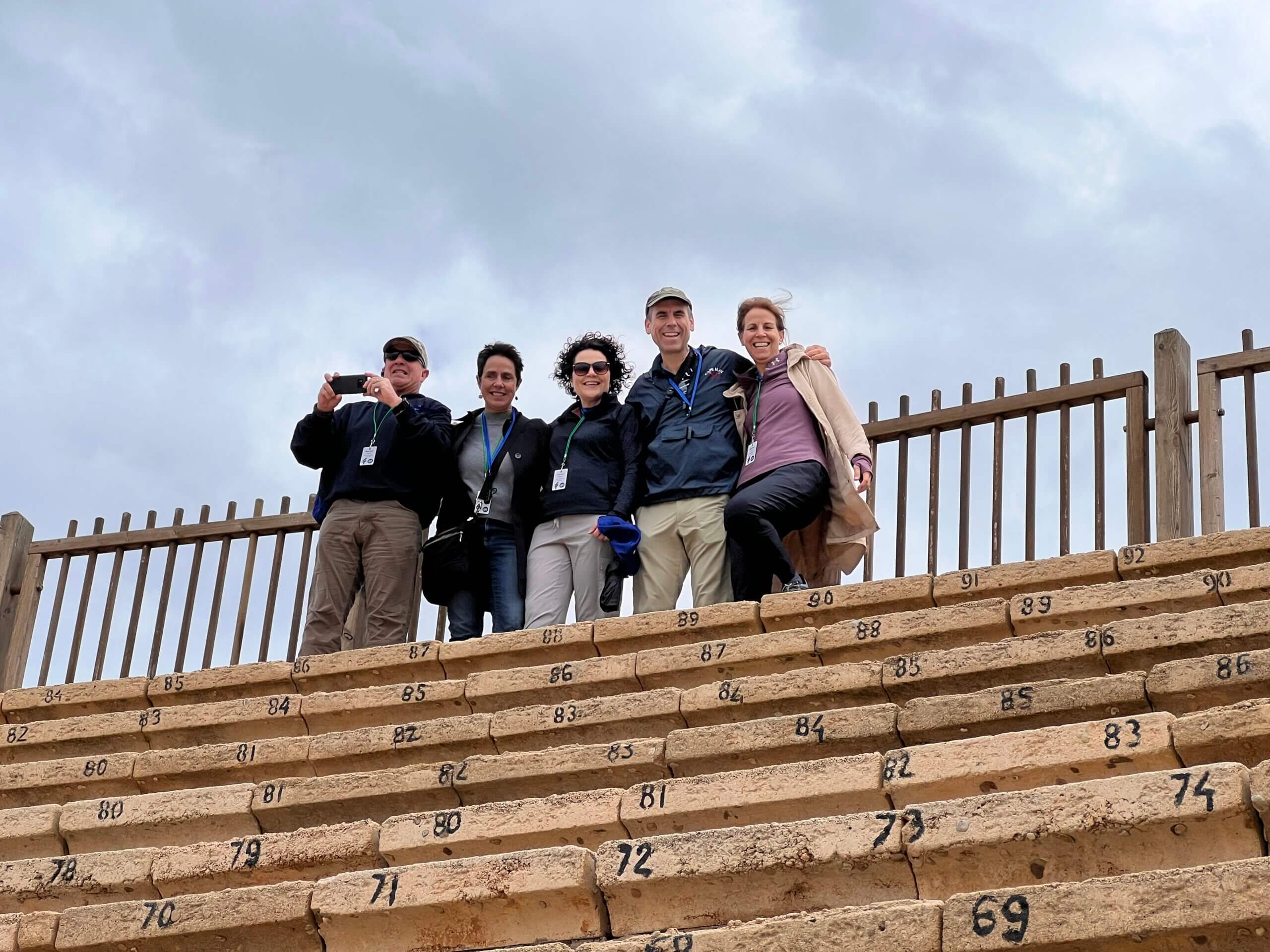
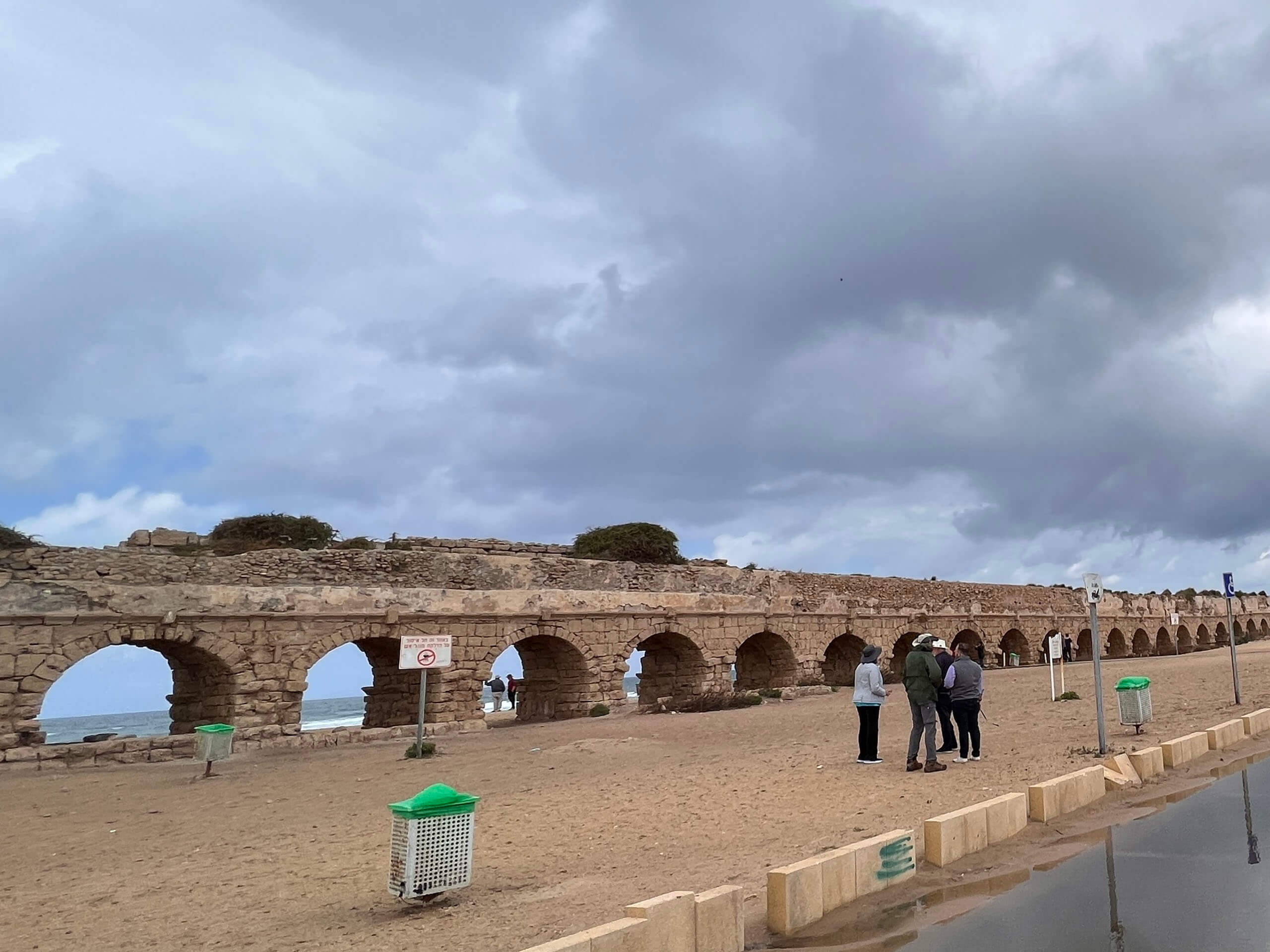
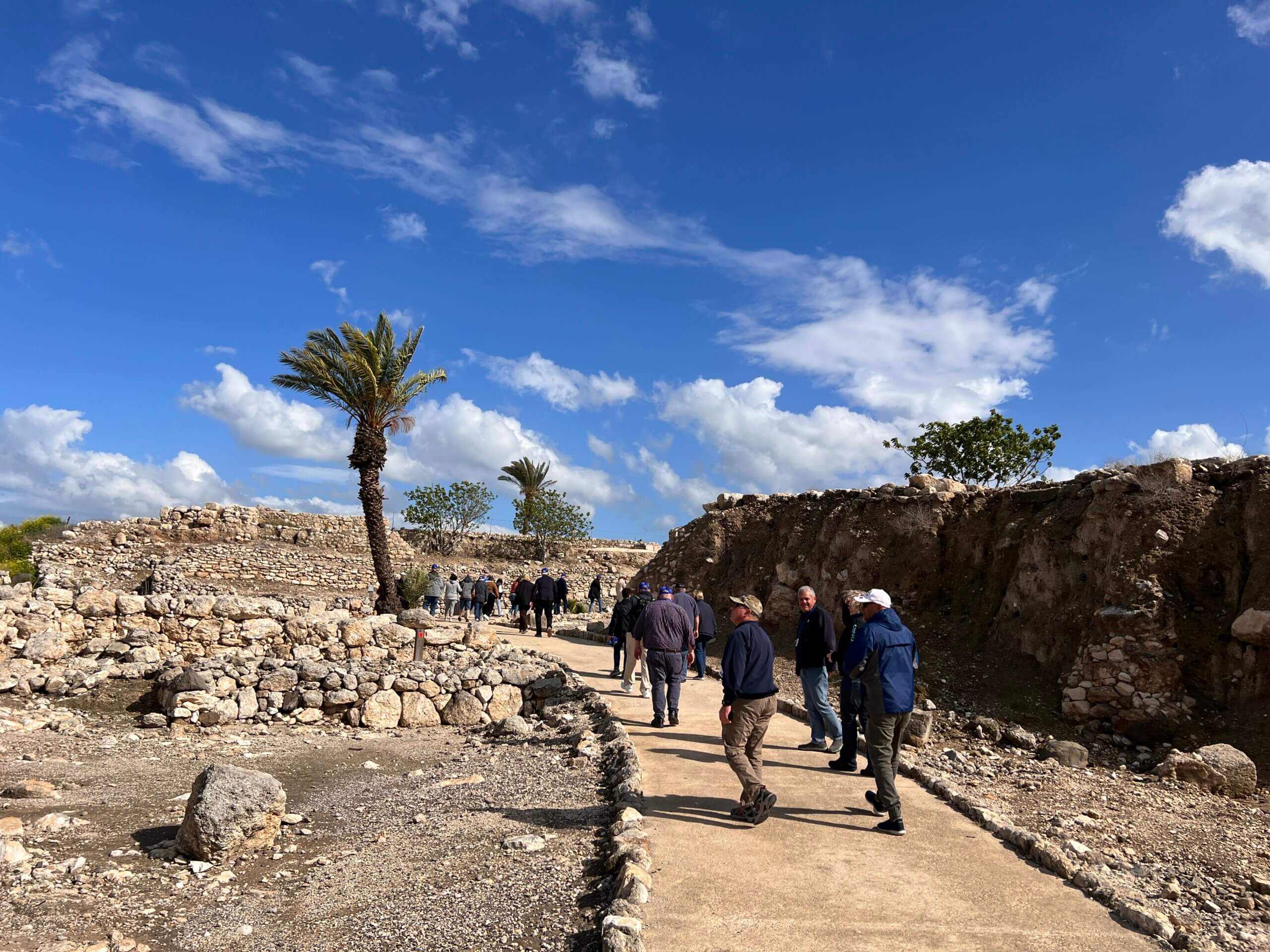
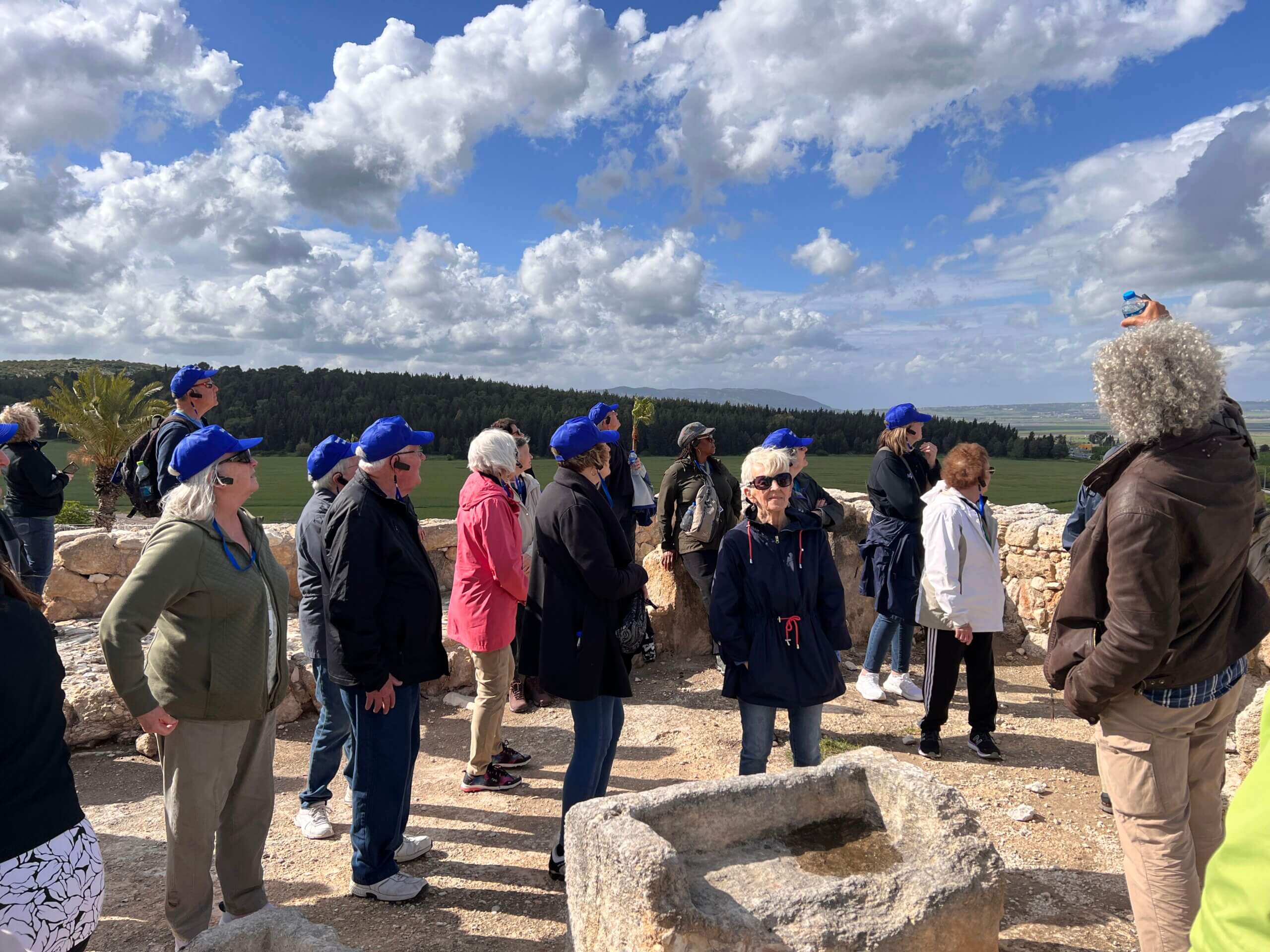
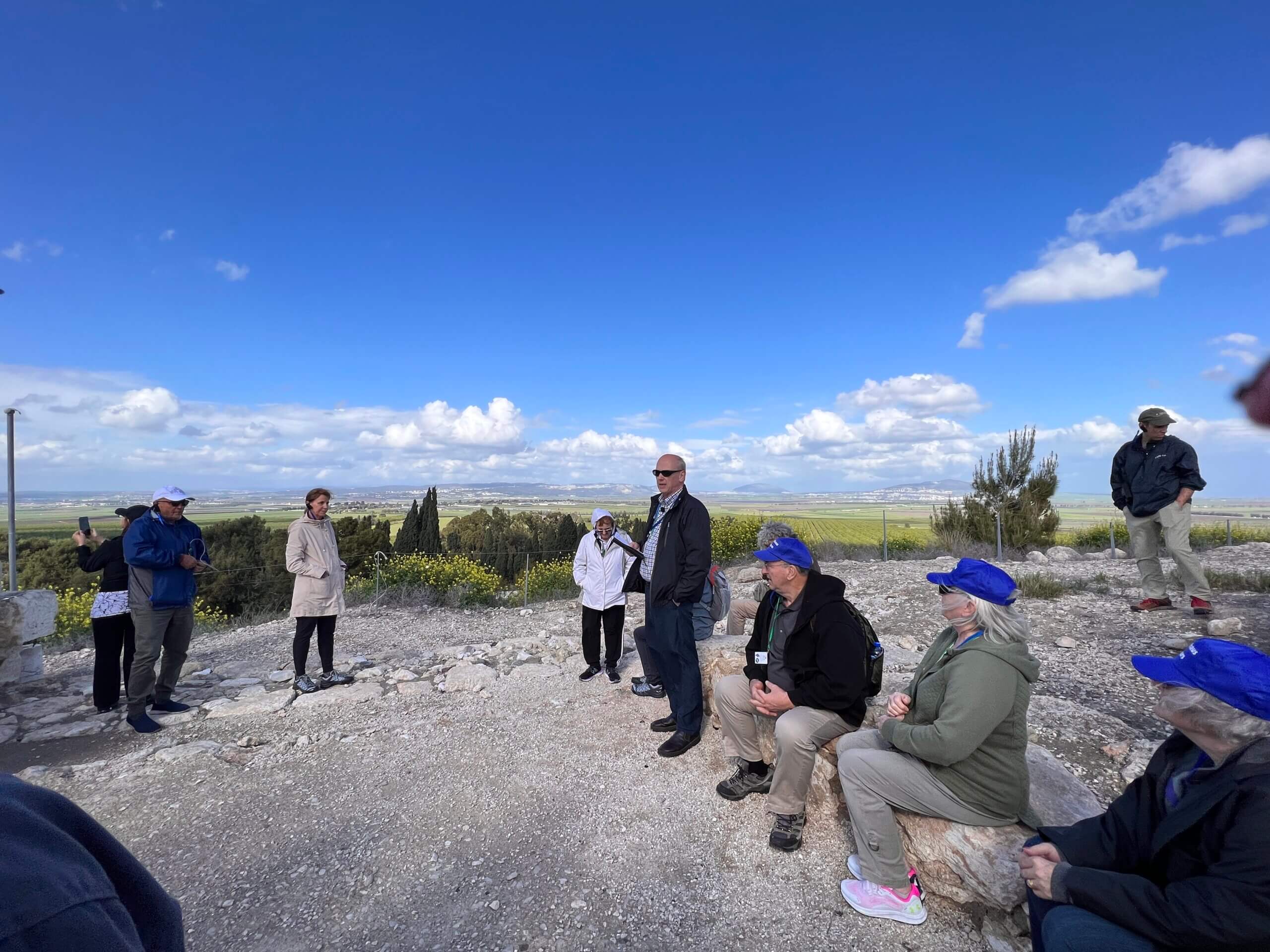
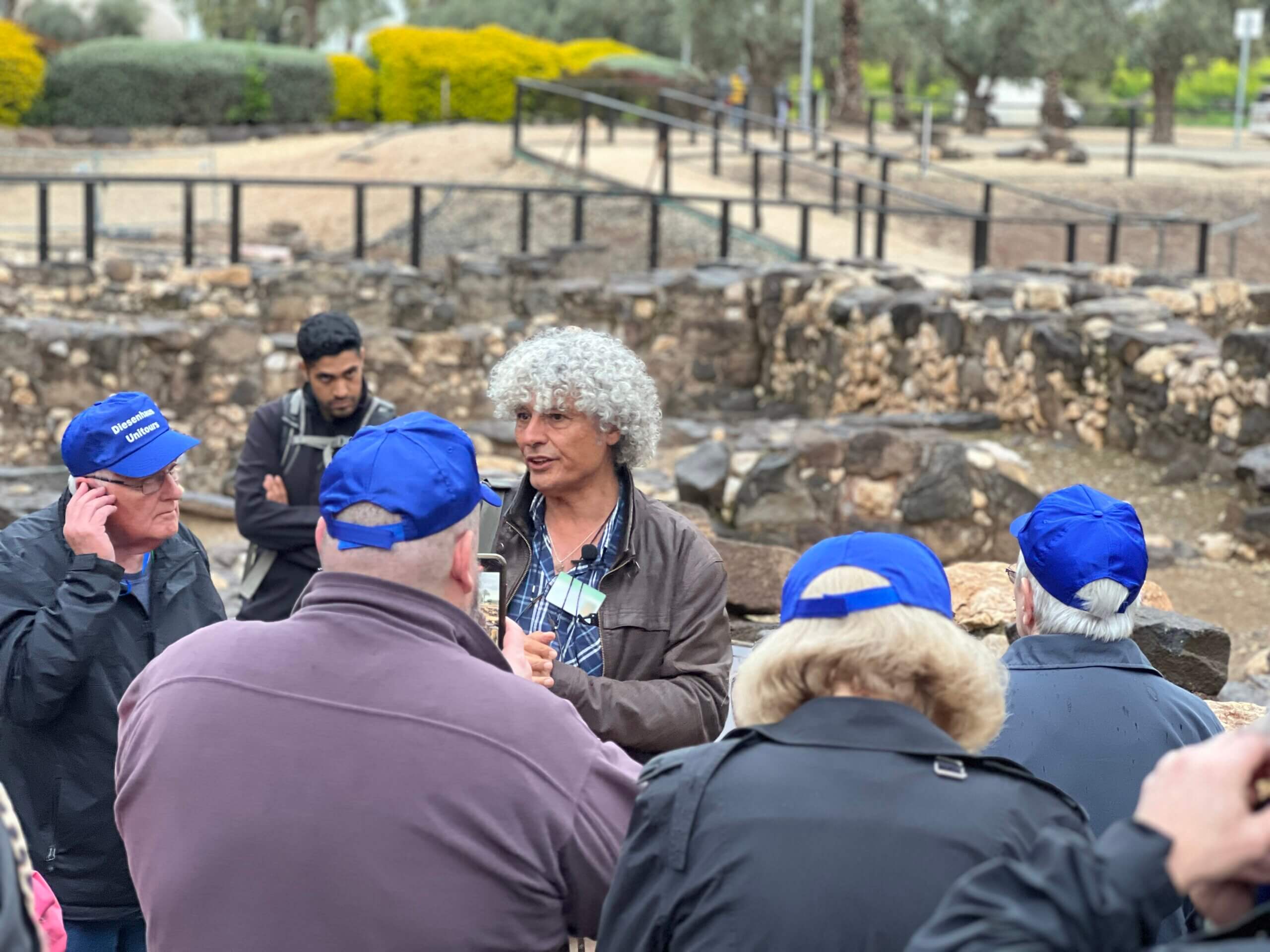
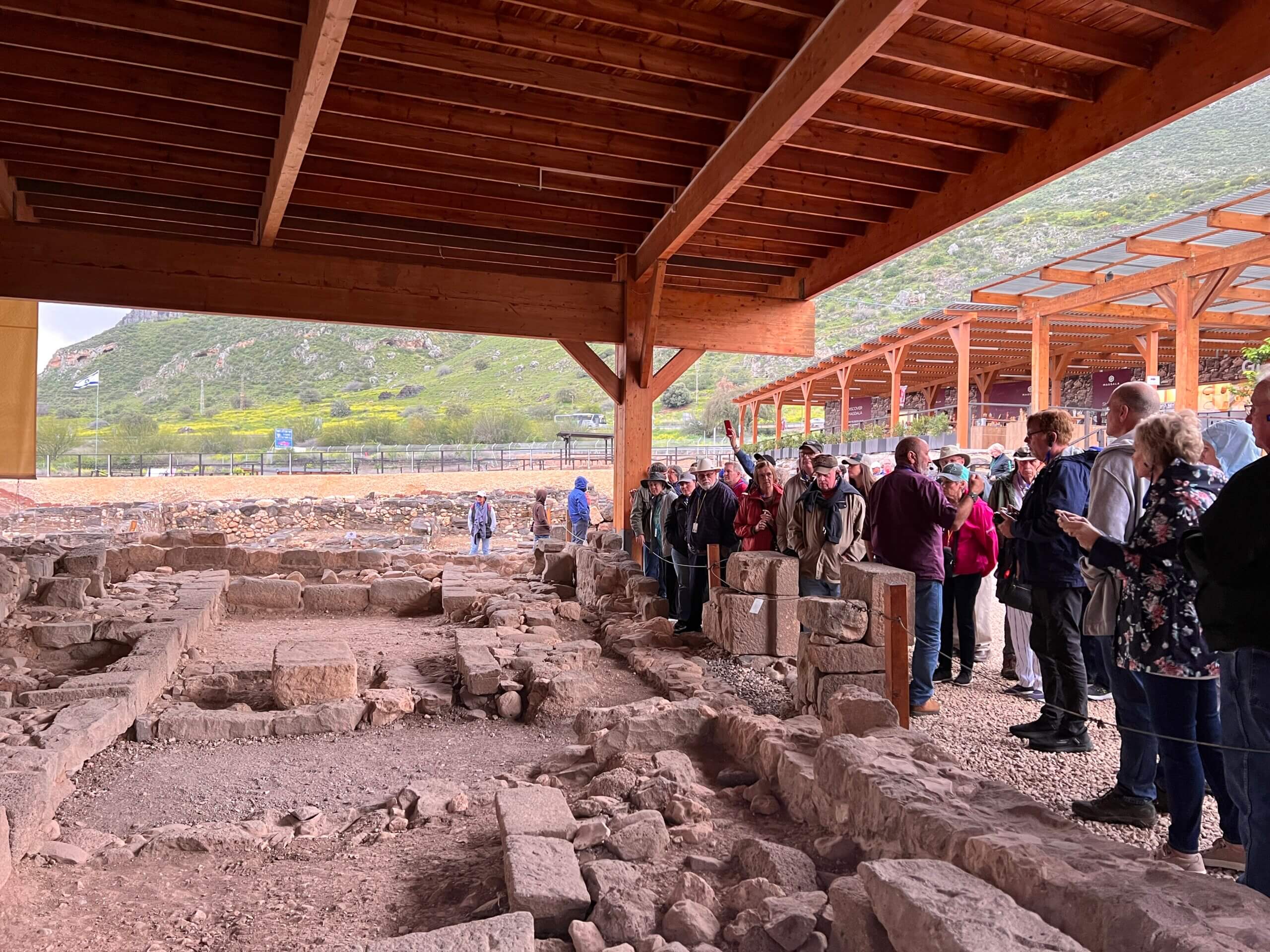
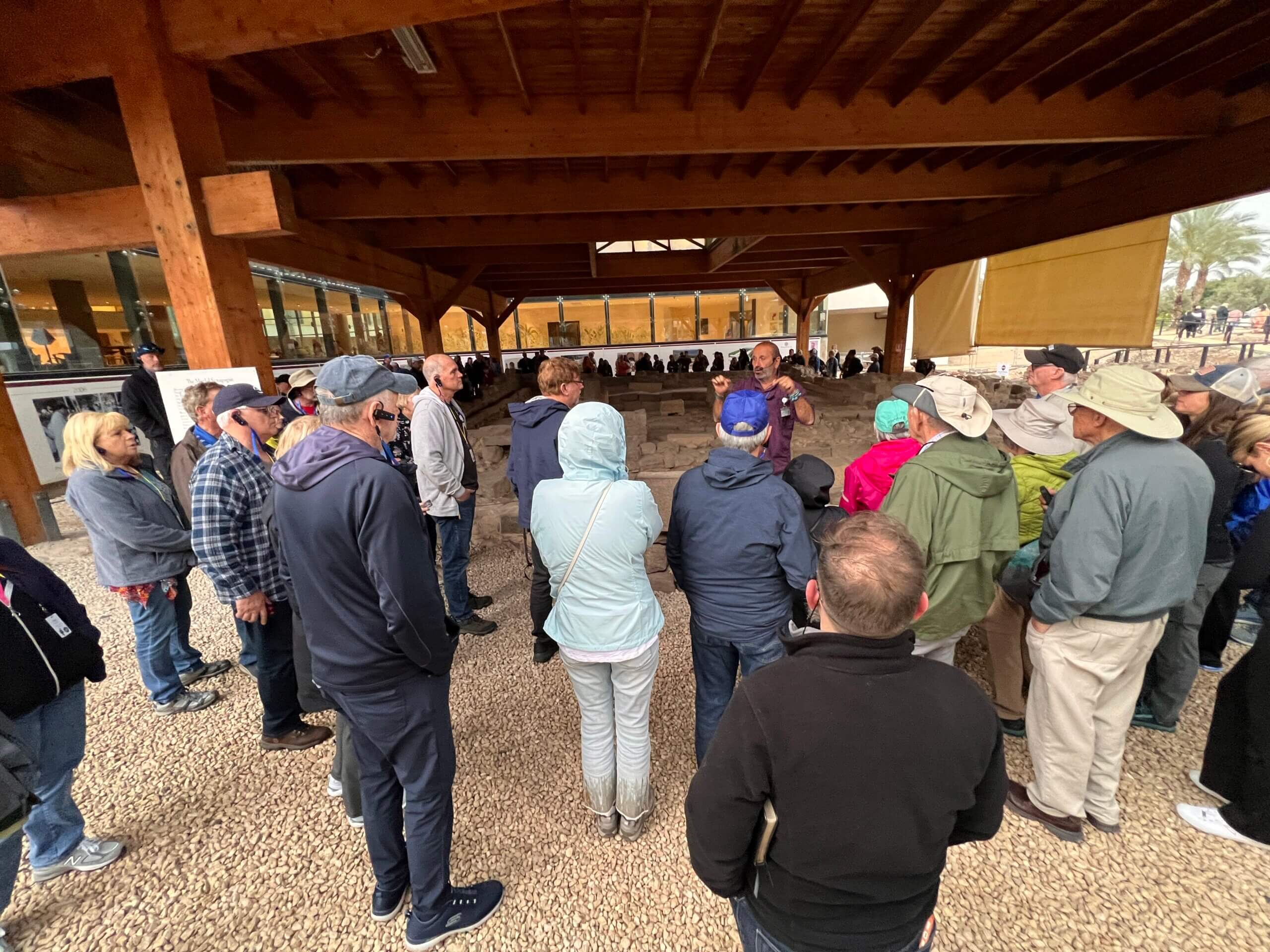
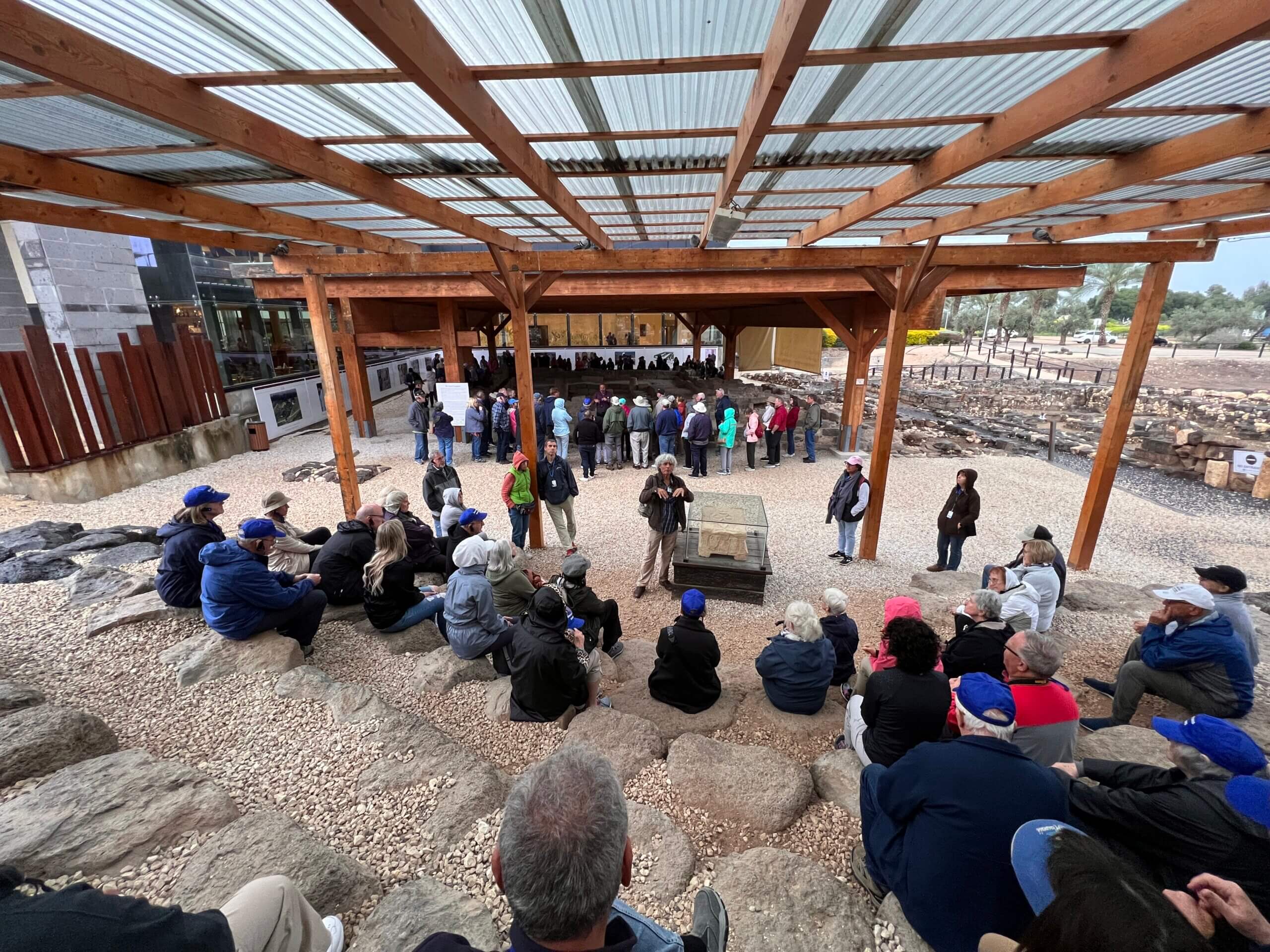
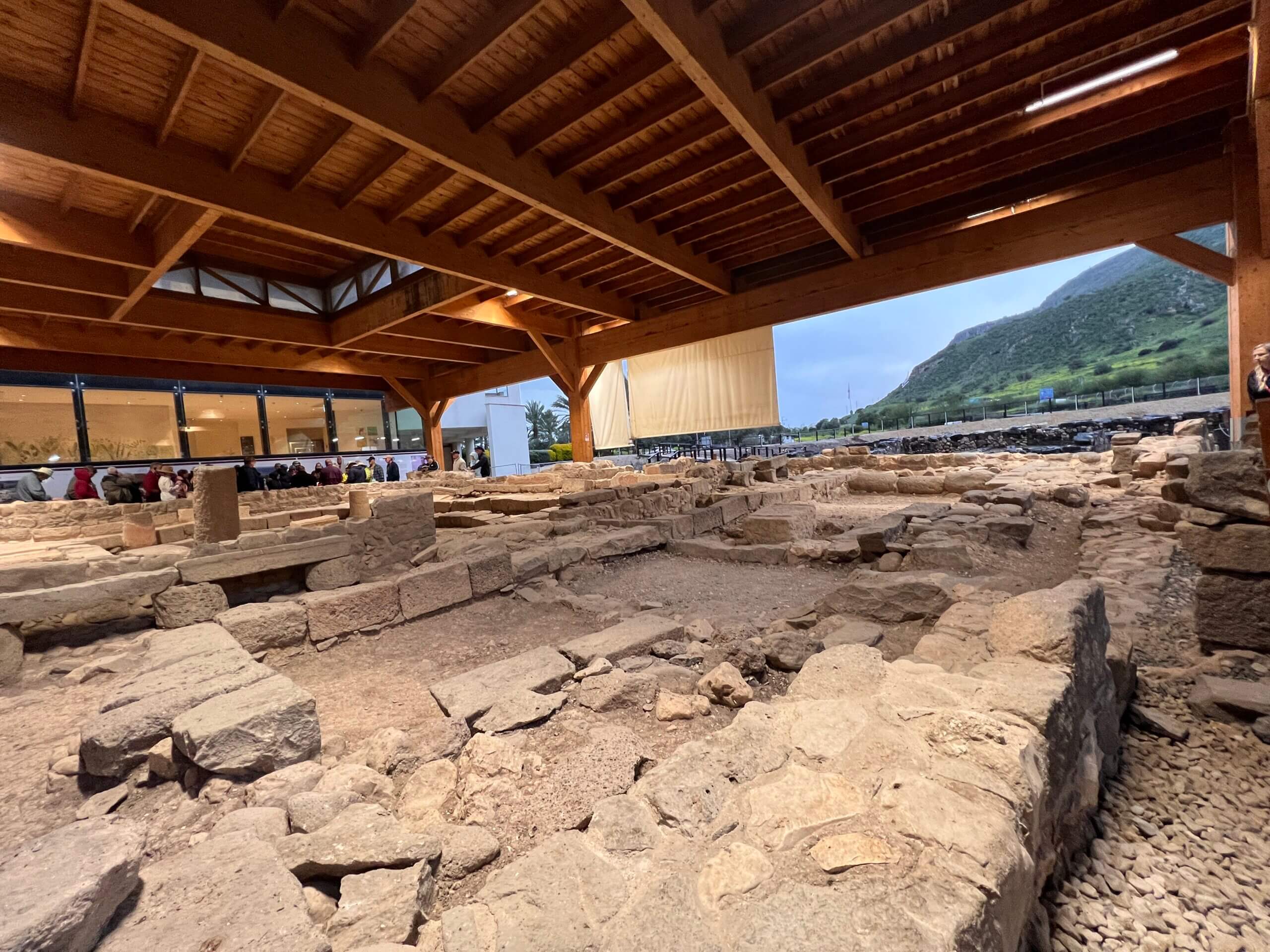

Comments 2
Delighted to have discovered your tour blog.
Hi Dorothy,
Thank you! We’re glad you did!